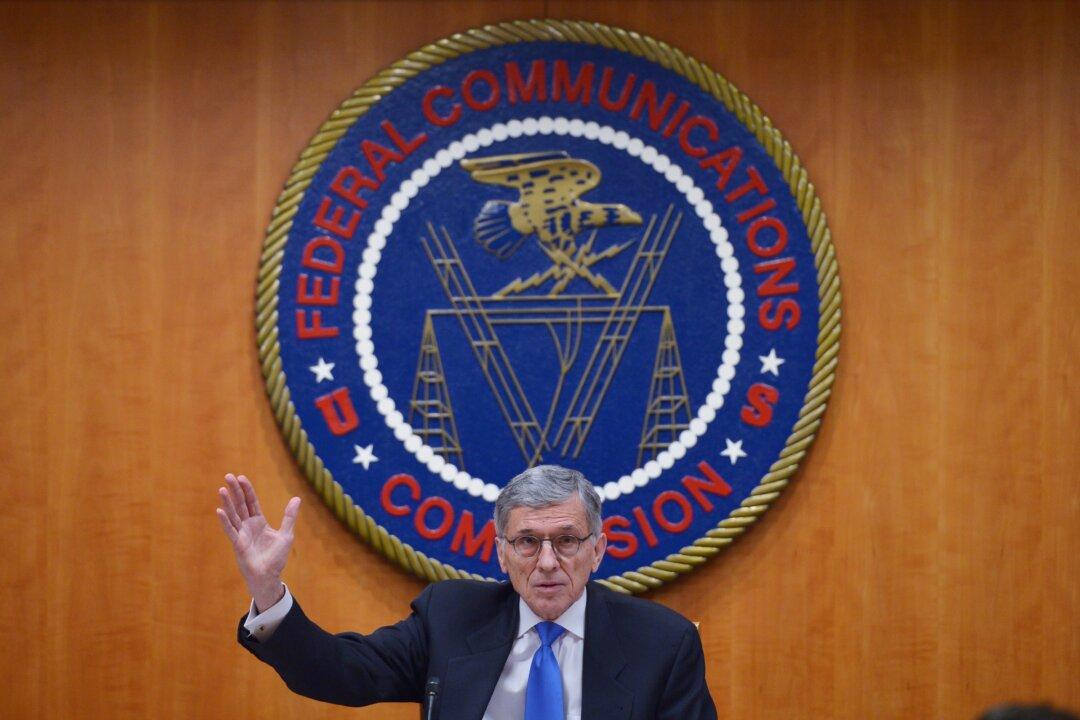Before the Federal Communications Commission (FCC) voted to reclassify Internet service providers (ISPs) as common carriers in February, the companies had promised to challenge such a decision in court. True to their words, now they’re suing the FCC.
On Monday, USTelecom—an industry group that represents Verizon, AT&T, and other ISPs—filed for the Open Internet Order to be reviewed in a District of Columbia court. Alamo Broadband, based in Texas, filed a separate suit against the FCC in a New Orleans court.
“The focus of our legal appeal will be on the FCC’s decision to reclassify broadband Internet access service as a public utility service after a decade of amazing innovation and investment under the FCC’s previous light-touch approach,” said USTelecom Senior Vice President Jon Banks. “As our industry has said many times, we do not block or throttle traffic and FCC rules prohibiting blocking or throttling will not be the focus of our appeal.”
The legal conflicts ahead have often been billed as a test of whether “net neutrality” might survive, but the ISPs themselves have gradually warmed up to the idea.





